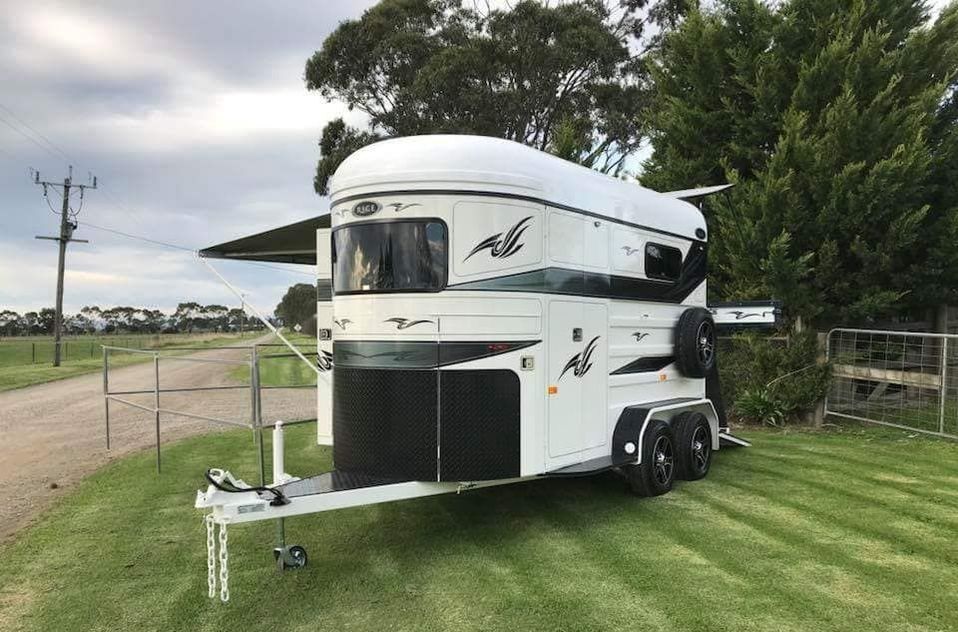
Helpful Tips for Loading and Unloading Horses Safely in a Horse Float
Loading and unloading horses safely in a horse float is crucial for both the horse and the handlers. However, the process of loading and unloading in a warm-blood float or other types of float can be difficult at times. Handlers may encounter some concerns when loading and unloading their horse in a horse float.
Ensuring safety is a priority when transporting horses in a 2-horse angle load camper float. Horses are typically known as flight animals, and travelling in an enclosed space can lead to psychological and physical stress, especially when the route is winding.
Build the Horse’s Confidence for Loading and Unloading
The horse’s first experience with a horse float is what they will likely remember every time they see one. If the horses had a calm and comfortable experience, it would be easier to train them, and they would be more willing to enter and exit without any stress. However, if the horse was unceremoniously shoved in the horse trailer and had a negative experience, it might become more stressed during the loading and unloading process.
Prepare the Environment
Handlers must ensure that the space around the horse float does not have any obstacles or distractions. This helps keep the horses focused on the loading and unloading process. Moreover, it lessens the risks of accidents from happening. To overcome a horse’s initial fear, handlers can make the horse float less intimidating by removing partitions.
Ensure That the Horse is Standing Facing Forward in the Horse Float
When loading a horse, it is vital to ensure that they are standing facing forward, clipped to the float’s tie-ring with a snap-release short lead. Doing so enables the horse to move its head and stand comfortably on the horse float. Moreover, it discourages the horse from trying to reach the neck and turn in an unsafe position.
Use Proper Equipment
Investing in high-quality and well-fitted equipment is a vital safety tip when loading and unloading a horse. Headstalls and lead ropes are typically the easiest way for handlers to lead a horse in and out of the horse float. Handlers must avoid using any equipment that is worn out or damaged, as this can cause injuries to the horse.



